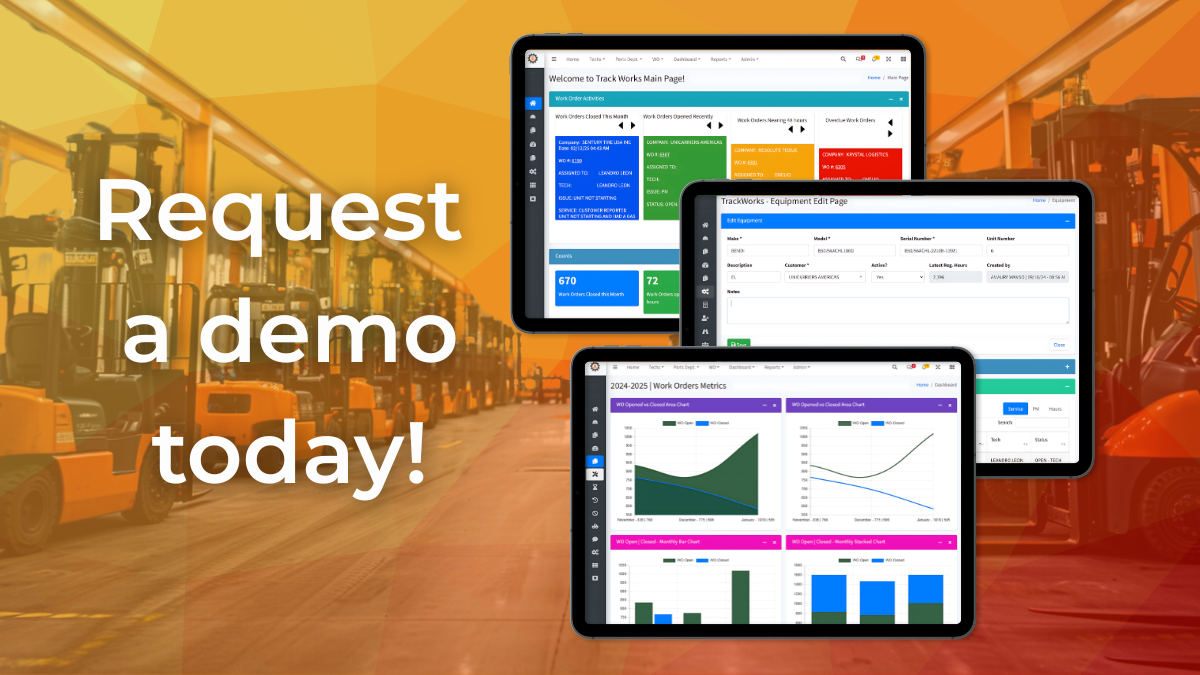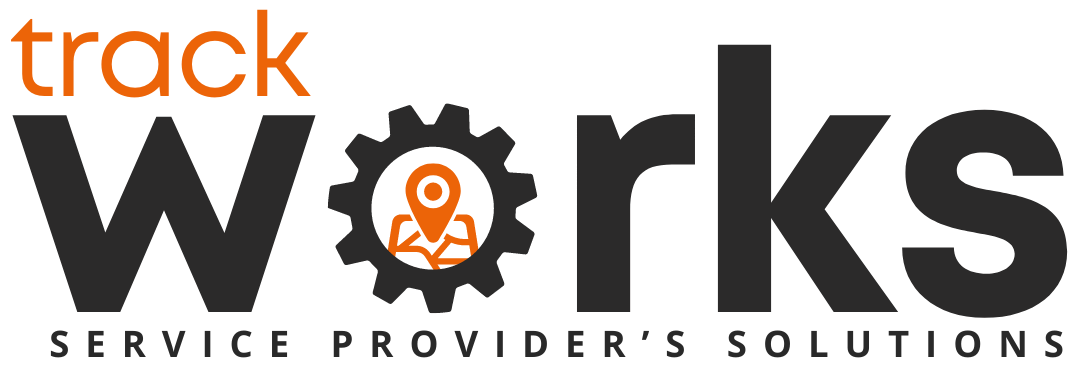Why Estimates Win or Lose Customers in Field Service
In field service management, the estimate you provide isn’t just a number—it’s often the first impression a customer has of your business. A clear, accurate, and timely estimate builds trust, demonstrates professionalism, and sets the stage for a smooth service experience.
On the flip side, poor or delayed estimates can erode customer confidence, increase cancellations, and even lose business before a single technician shows up. Understanding why estimates matter and how to deliver them effectively is essential for companies looking to stay competitive.
1. The Problem: Inaccurate or Late Estimates
Many field service businesses struggle with providing accurate estimates due to:
- Incomplete job information: Technicians or dispatchers lack details about the equipment, scope, or customer requirements.
- Manual processes: Spreadsheets, handwritten notes, or phone calls slow down estimate creation.
- Poor communication: Customers aren’t informed promptly, leading to frustration and uncertainty.
Impact:
- Customers perceive your business as unreliable or unprofessional.
- High cancellation rates and lost revenue.
- Lower customer satisfaction and fewer referrals.
Example: A plumbing company consistently underestimated repair times, resulting in surprise costs for customers. Clients canceled future appointments, and online reviews reflected dissatisfaction.
2. The Solution: Accurate, Timely Estimates
Providing precise estimates starts with detailed job information. Collecting the right data upfront allows your team to prepare and price services appropriately.
Best practices include:
- Detailed intake forms: Gather equipment type, issue description, and prior service history.
- Digital estimate tools: Use software to calculate labor, parts, and travel costs automatically.
- Standardized pricing templates: Ensure consistency across jobs and technicians.
Outcome: Customers know exactly what to expect, reducing disputes and building trust.
3. Communicate Clearly and Professionally
An estimate isn’t just a number—it’s part of your brand. Poor communication can undermine even a technically perfect quote.
Tips for effective communication:
- Send estimates digitally (email or app) so they are documented and easily accessible.
- Break down costs clearly: labor, parts, taxes, and potential additional charges.
- Provide a timeframe for approval and service scheduling.
Impact: Clear estimates make customers feel informed and confident, improving conversion rates and reducing back-and-forth questions.
4. Mobile Tools for On-the-Spot Estimates
Mobile FSM solutions enable technicians to generate estimates on-site, increasing accuracy and speed:
- Technicians input job details directly into the app.
- The system calculates labor and parts automatically.
- Customers receive a professional estimate immediately, often on the spot.
Benefits:
- Reduces delays and follow-up calls.
- Improves first-time approval rates.
- Enhances customer perception of professionalism.
5. Prioritize High-Impact Estimates
Not all jobs carry the same weight. Emergency repairs, high-value contracts, and new clients may require faster or more detailed estimates.
Strategy:
- Assign urgent estimates to senior technicians or dispatchers with experience.
- Use priority flags in your scheduling or FSM software to ensure critical jobs are addressed first.
Impact: High-priority customers receive attention promptly, increasing trust and satisfaction while improving your chances of winning the business.
6. Track and Optimize Estimate Accuracy
Even with the best tools, estimate accuracy can vary. Companies should monitor:
- Percentage of estimates approved without changes
- Average difference between estimated and actual costs
- Time taken to generate and send estimates
Solution: Use this data to refine pricing, training, and processes. Over time, estimates become more accurate, speeding approvals and reducing rework.
7. The Business Benefits of Strong Estimating Practices
Companies that master estimates see measurable advantages:
- Higher conversion rates: Customers are more likely to approve service when estimates are clear and timely.
- Reduced disputes: Accurate estimates lower the chance of disagreements over cost or scope.
- Improved customer satisfaction: Transparent communication builds trust and loyalty.
- Operational efficiency: Fewer revisions and follow-ups mean technicians spend more time working, not waiting.
Industry insight: Field service businesses that implement digital estimating and on-site approvals often see 10–20% higher job acceptance rates, directly impacting revenue.
Final Thoughts
Estimates are more than a financial calculation—they’re a customer experience tool. Providing accurate, timely, and clear estimates strengthens your brand, improves customer satisfaction, and drives revenue.
By leveraging mobile tools, standardized processes, and data tracking, field service companies can transform estimating from a potential weak point into a competitive advantage.
At TrackWorks, we help businesses implement smart estimating solutions that integrate seamlessly with scheduling and field operations, ensuring every customer receives accurate, professional estimates on time.
Takeaway: Winning customers starts with the first number they see. Make it count.




No responses yet